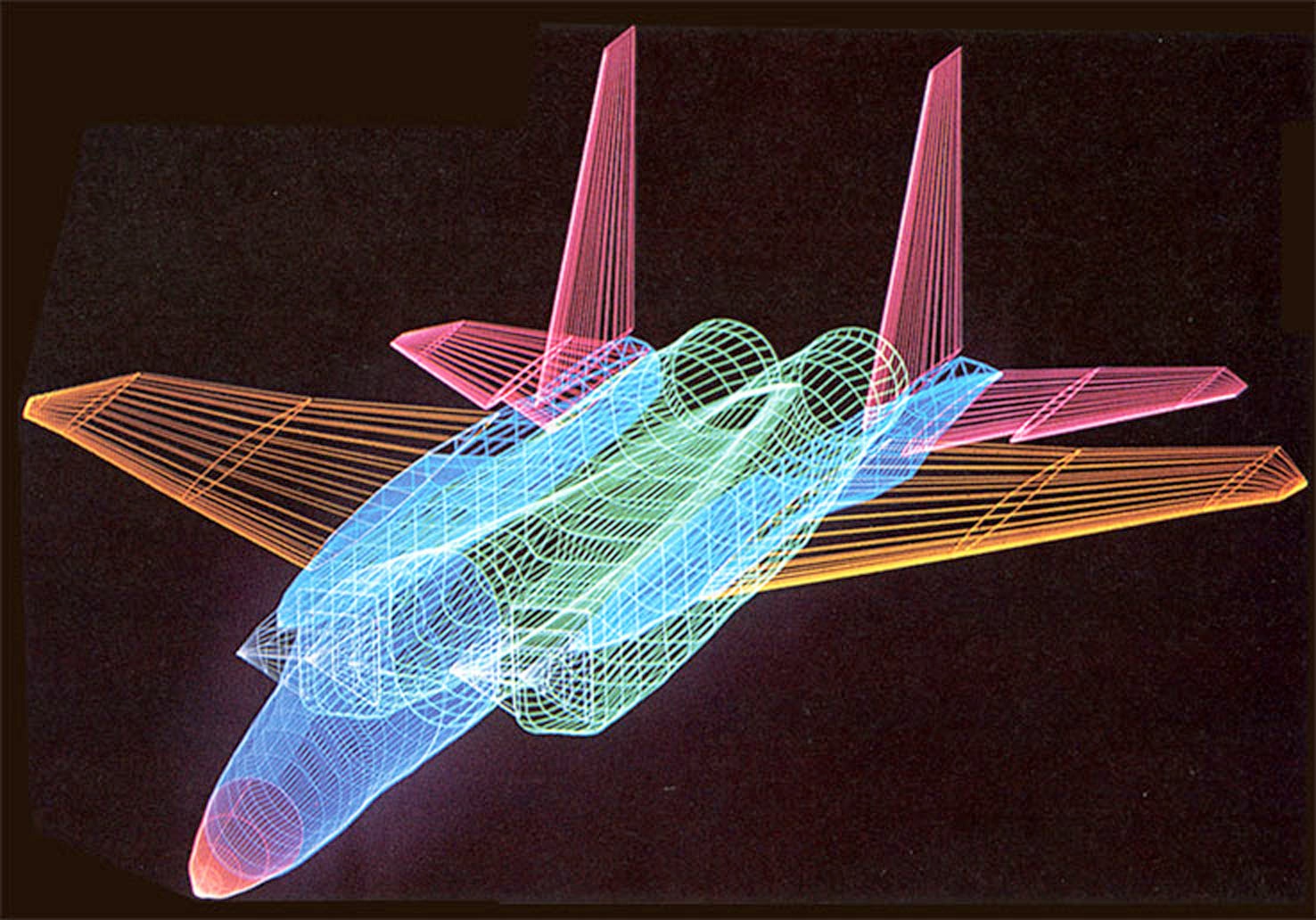
You can optimize your SVG files by stripping out unnecessary layers in the design files and simplifying vector paths. Vector graphics such as SVG can also be much more efficient alternatives to photography on websites. For example, WebP image files are typically 30% smaller than JPEG and AVIF image files are roughly half the size of JPEGs. You can also use more efficient file formats. Using indexed color in your image editing application can strip out unnecessary data from image files with no visual loss of quality. If the detail isn't needed, then it's waste.Įven if you design images efficiently, there's still potential waste in the image files themselves. Removing detail by blurring out parts of an image, using photography with shallow depth of field, photographing objects on plain backgrounds, or using monochrome images are just a few ways to reduce image file sizes. You can also find waste within the images, in the form of detail that doesn't need to be there.
Computer webdesign code#
And that's assuming you've written the code to load the correct size of image rather than loading large image files and displaying them to appear small. If you double the width and height, you almost quadruple the file size.

For example, there is roughly a square law when it comes to image dimensions and file size. It's better to use images mindfully and only include them in designs that truly add value.Įven if you are going to include photos in your designs, how you use them can often be wasteful. Research by NielsenNorman Group found that website visitors completely ignore images that are not relevant to the content, making generic stock photos on websites a literal waste of space and of data. Pictures are more than a thousand wordsĪ picture tells a thousand words, but the truth is that a picture uses a lot more data than 1000 words of text, and in turn it uses a lot more energy to store, transmit, and render. What if we applied a zero waste mindset to digital design? Could it help us create a modern, minimalist web that saves people time, money, and enriches people's lives? I think it could. They say it saves them money and time and enriches their lives." In an article for National Geographic about people living zero waste lifestyles, journalist Stephen Leahy wrote that contrary to his prior assumption, "These are not wannabe hippies, but people embracing a modern minimalist lifestyle. As a result, the modern web is no faster than it was 10 years ago, and is far more polluting. As computers got more powerful and internet speeds increased, websites became increasingly bloated, eroding the benefits of advances in computer hardware. It turns out that despite their basic functionality and appearances, early websites were super efficient, with tiny file sizes and requiring hardly any computing power. The most energy efficient websites were the ones that looked like they were from the 1990s while many new websites were highly polluting. We tested millions of web pages and identified a pattern as it gained popularity. Our team then developed a carbon calculator for websites to help raise awareness of this issue. The internet is not virtual at all, it is very much physical. Not to mention the fact that all of that equipment needs to be manufactured and maintained. When taken as a whole, the internet produces more carbon emissions each year than the global aviation industry, thanks to the huge amount of electricity required to power data centers, telco networks, and billions of end user devices.

Several years ago, I embarked on some research to understand whether or not web products have an environmental impact. This concept was popularized by bloggers such as Bea Johnson and Lauren Singer who shared their experiences trying to live without waste and inspired others to follow their lead. While Knapp's initiative had some success, the global waste problem kept growing and in the mid-2000s a growing number of individuals began to take things into their own hands, trying to live zero waste lifestyles. It was a real world experiment to demonstrate how all types of waste could be diverted from landfills and reused in the community. He coined the term Zero Waste as the goal and co-founded a salvaging operation called Urban Ore. He came up with the concept of Total Recycling, in which nothing should ever go to a landfill or incineration. Daniel Knapp decided that something must be done. The type of waste that we now think of as being so normal is a relatively new concept.īy the 1980s, waste piling up in landfill sites was already a global problem. In nature no resource is wasted and everything has value. I think it's fair to say that even if we don't like it, most of us accept waste as a normal part of everyday life.

Welcome to the communityĮBook: Modernizing Enterprise Java Waste isn't normal.


 0 kommentar(er)
0 kommentar(er)
